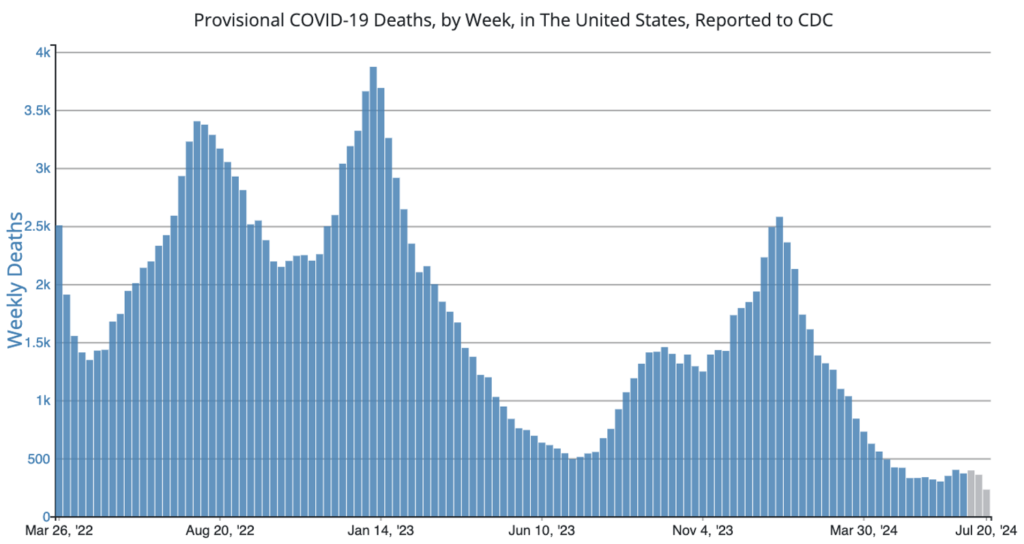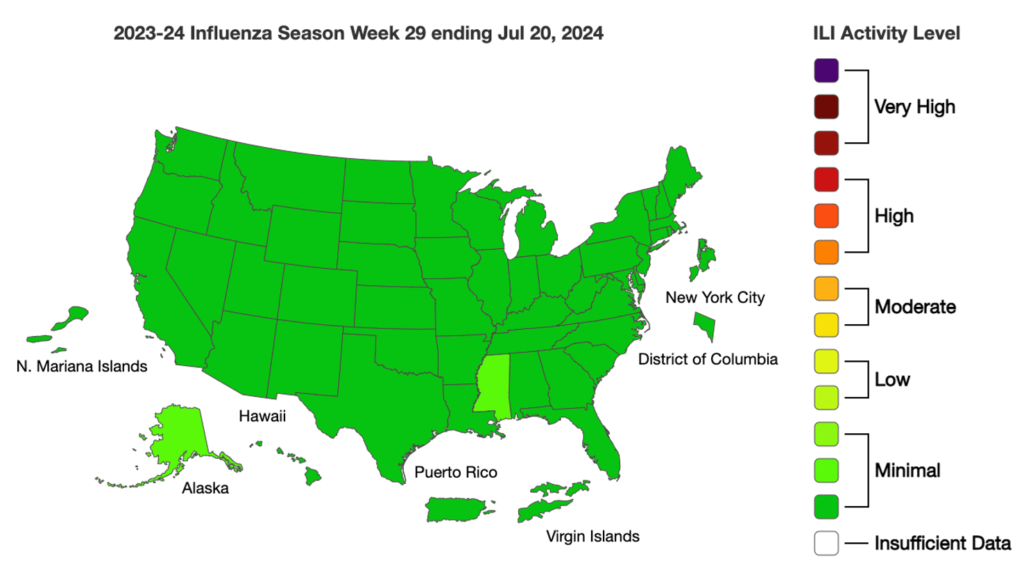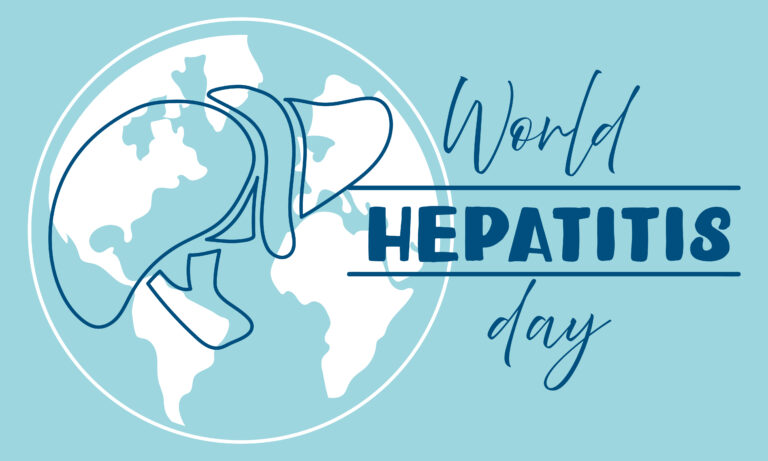With Sunday, July 28th, being World Hepatitis Day, it’s a good week to take a look at your workers’ infectious disease knowledge and your business protections. Viral hepatitis is the second leading infectious cause of death globally, with 1.3 million deaths from Hepatitis B or C each year. While Hepatitis B and C are spread when a person who is not immune contacts the blood or body fluid of an infected person.
Hepatitis A, however, is of most concern in food facilities as it can be foodborne and easily spread. Hep A causes fever, malaise, loss of appetite, diarrhea, nausea, abdominal discomfort, and/or jaundice. While it rarely leads to death, it can cause liver failure, particularly in those who are over 50 or have other liver diseases. The incubation period of hepatitis A is usually 14–28 days; there is no specific treatment and recovery can be slow, taking several weeks or months. An infected person, who has just recovered, also can have a relapse falling ill again with an acute case.
With the virus found in the feces of an infected person, it can spread when the person does not wash their hands well, especially after using the bathroom, then touches food with infected hands. It also can spread if a person touches something contaminated by the infected person, then put their hands to or in their mouth. It can also spread via water contaminated with fecal material.
TAG has prepared an infectious disease fact sheet on hepatitis which includes prevention and protection steps, such as excluding infected workers from handling food and ensuring all workers wash their hands properly before food preparation, particularly after using the restroom. Proper handwashing includes wetting hands with clean, running water; lathering with soap and scrubbing for at least 20 seconds; rinsing well under clean, running water; then drying.
It also is critical to quickly contain and disinfect the area if a bodily fluid incident occurs, then exclude anyone from the area. Vaccinations are available for Hep A and B. Consider vaccination, where possible, as a preventive approach. Vaccines are available against Hep A and B; however, there are none for Hep C.
TAG also distributes a weekly Communicable Disease Matrix which provides ongoing updates on the spread and distribution of Hepatitis A as well as other infectious diseases that could have an impact on your food business. Contact TAG if you are interested in receiving this weekly matrix.
COVID Risk Matrix:

Influenza:


- Parts of Nigeria are seeing serious hepatitis complications, but the viral load is low. This is a unique pattern in such infections.
- A German study examined the thermostability of various H5N1 strains in milk and minimal essential media (MEM). All viruses were undetectable after treatment at 75°C/167°F for 30 min. While viral titers significantly decreased at 56 °C/132°F, residual infectious virus was detected after 30 min in whole milk (three strains), semi-skimmed milk (one strain) and MEM (two strains). These findings suggest thermostability may vary by virus strain, and whole milk could impact the stability of certain influenza viruses.
- Generally, sporadic cases of measles continue to be reported globally –
- Moncton, New Brunswick, Canada – associated with international travel
-
- Oregon where there were 14 cases reported
-
- The Minneapolis/St. Paul area – 3 cases in unvaccinated children
- Afghanistan – Since the beginning of the year, the WHO has recorded 39,826 suspected measles cases and 170 deaths.
- A 14-year-old boy from Thikkodi, Kozhikode, in India, who has been receiving treatment for amoebic meningitis, will be discharged from hospital. Amoebic meningoencephalitis is caused by Naegleria fowleri, an amoeba that infects the brain when contaminated (typically stagnant) water enters through the nasal passage.
- Whooping cough is spreading rapidly in Hungary, and nonvaccinated infants up to 3 months of age are at particular risk. Two have died from their infection in recent months.





